By Mike Haskew
In early 1945, the island of Iwo Jima in the Volcanoes Group, only 660 miles from the Japanese capital of Tokyo, became the focus of the American drive across the Pacific Ocean during World War II. After three years of fighting, the Americans had seized the initiative, and heavy Boeing B-29 Superfortress bombers were raiding Japanese cities from bases in the Mariana Islands.
Bombers that were damaged en route to or returning from their targets struggled to reach their bases in the Marianas, and many were forced to ditch in the vastness of the Pacific. Iwo Jima was closer to Japan, and the enemy had fortified the island extensively, constructing airfields where crippled B-29s might find a haven.
An Island Labyrinth
On February 19, 1945, the U.S. 4th and 5th Marine Divisions of General Harry Schmidt’s V Amphibious Corps landed on Iwo Jima with the 3rd Marine Division in reserve. Iwo Jima was a labyrinth of fortified caves and tunnels and was heavily defended by pillboxes, blockhouses, and machine-gun nests with interlocking fields of fire. The Marines were 40,000 strong and faced more than 25,000 Japanese troops.
The Japanese commander, Lieutenant General Tadamichi Kuribayashi, instructed his soldiers to hold their fire until the landing beaches were choked with American men and supplies. Then, an eerie quiet was shattered by the roar of Japanese guns. The black volcanic sand of Iwo Jima was difficult to negotiate, and Marines struggled off the beaches and into vicious enemy fire.
Raising Their Flag on the Summit
Four days after the landing, a Marine patrol ventured up 550-foot Mount Suribachi, an extinct volcano that dominated the landscape. They raised their flag on the summit of Suribachi, and Associated Press photographer Joe Rosenthal snapped an iconic photo of the event. Still, 36 days of combat were required to secure Iwo Jima.
The fighting was intense in such areas as the Meat Grinder, the Amphitheater, Turkey Knob, and Bloody Gorge. While the fighting raged, the first crippled B-29 touched down on Iwo Jima on March 4. More than 6,800 Americans were killed and 17,000 wounded at Iwo Jima, and 26 Marines received the Medal of Honor for their actions. The Japanese were virtually annihilated. Only 216 were captured.
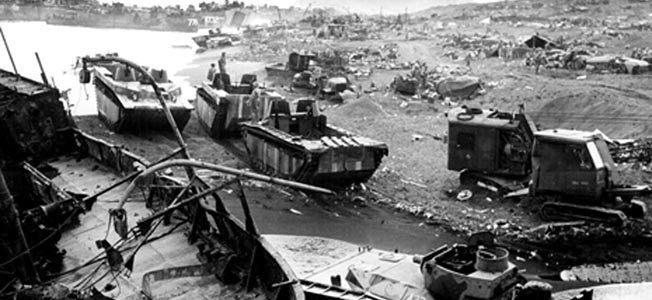
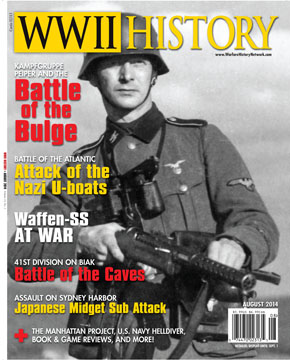
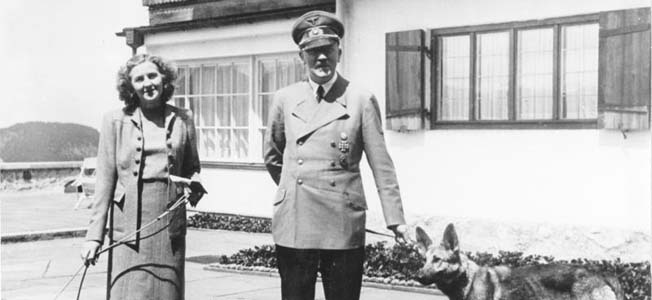
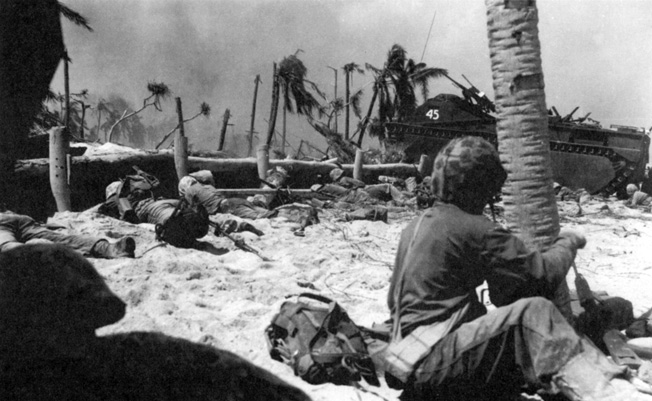
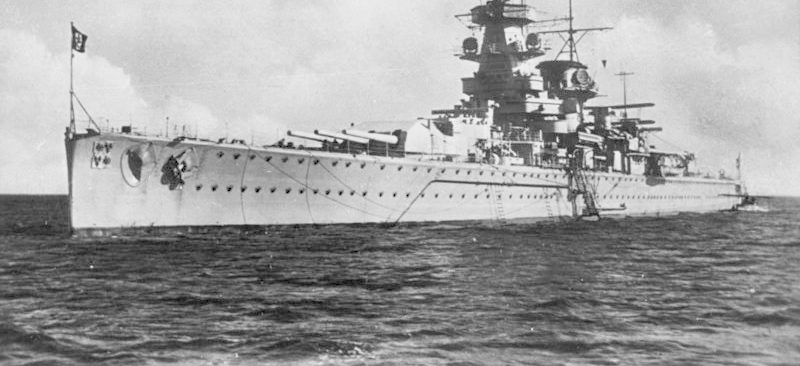
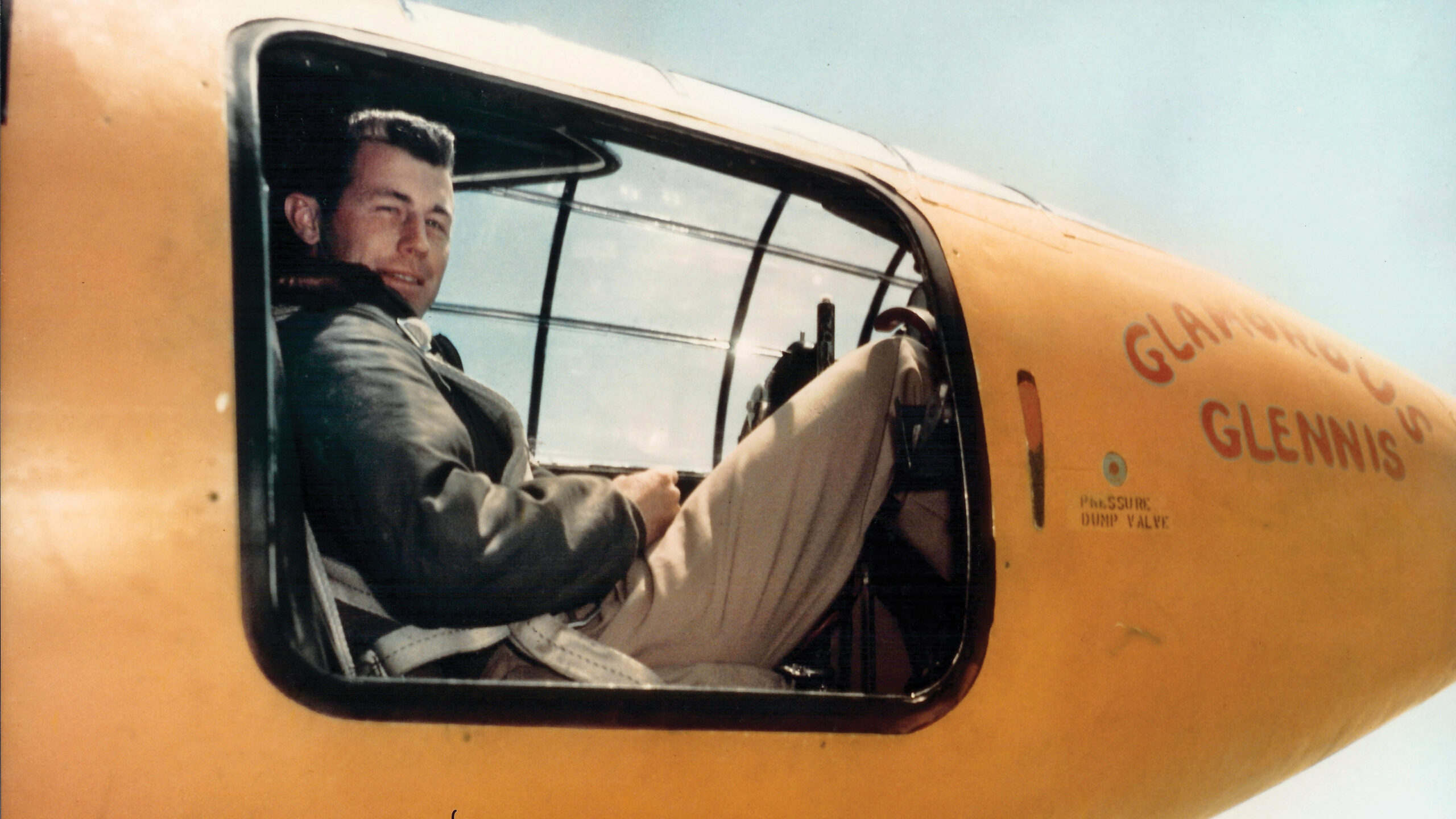
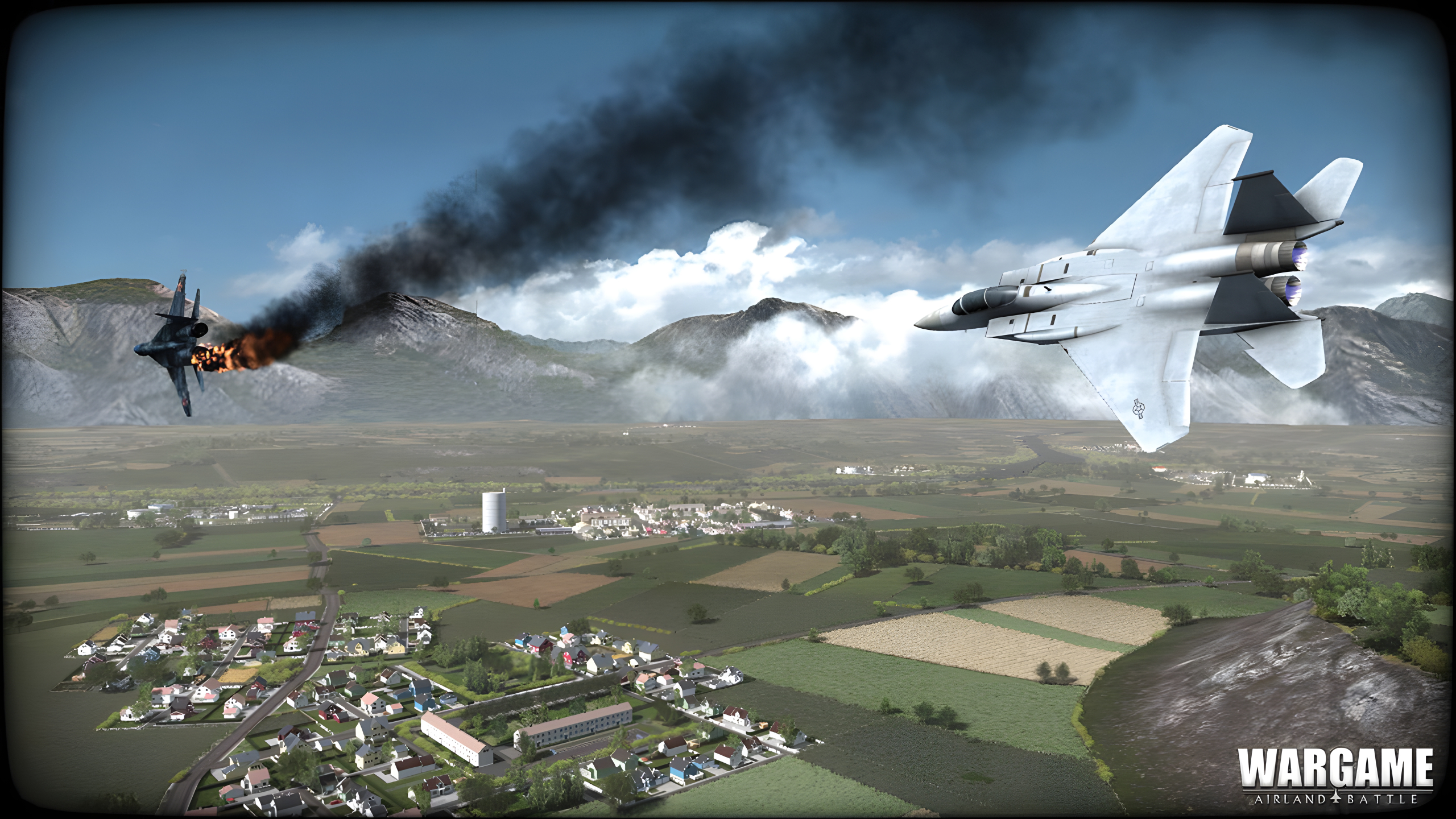
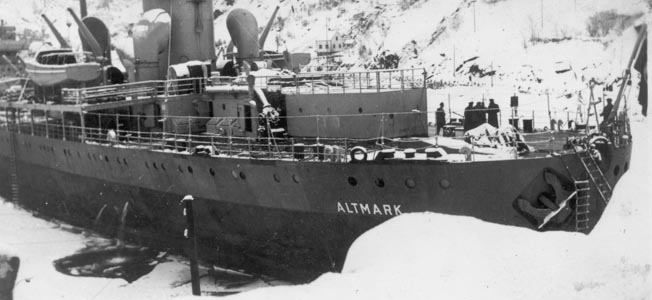
Ummm . . . South Pacific? 600 miles from Tokyo?